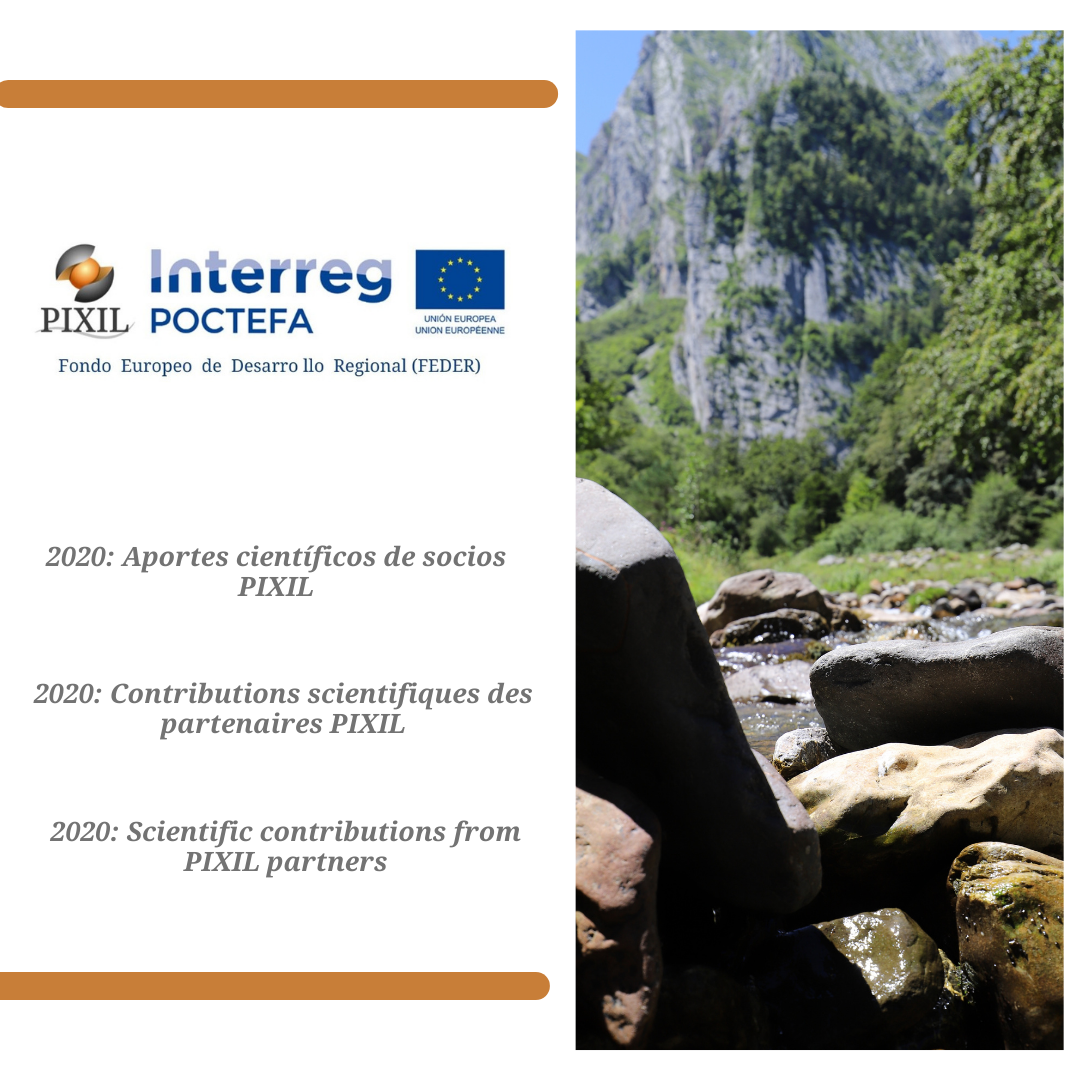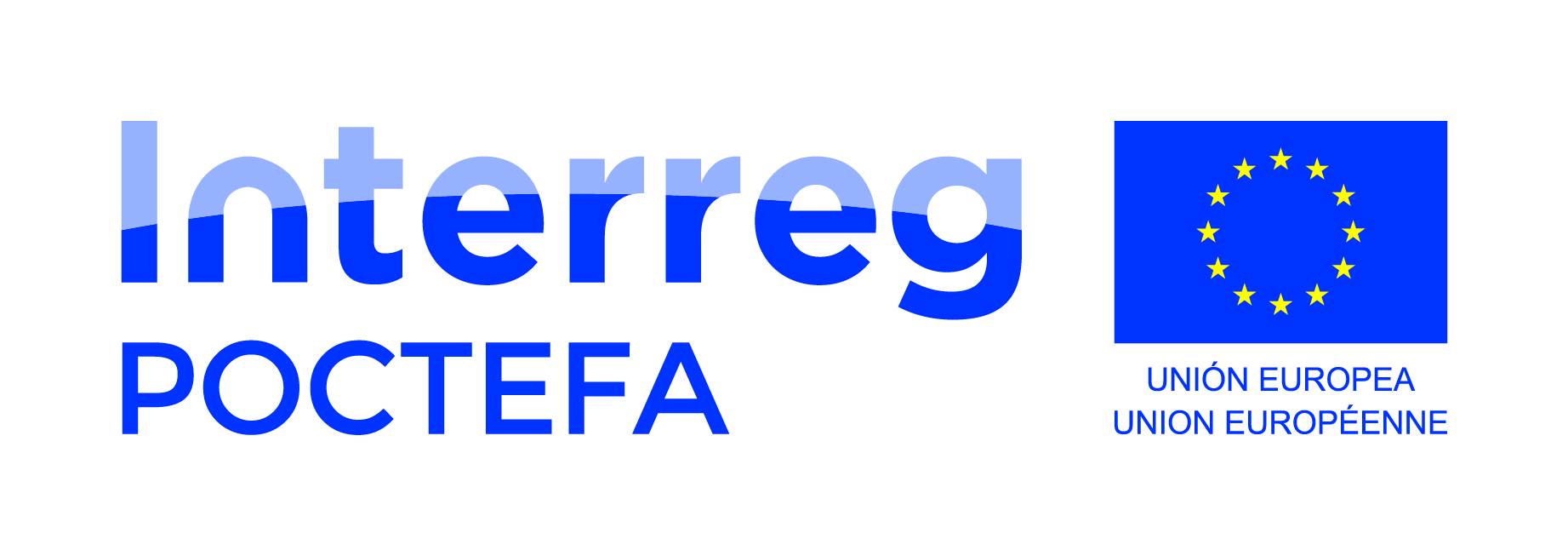
The scientific articles published in 2020 focus on three different aspects of numerical approximation which have been developed and applied to convection-diffusion problems and a posteriori error estimation and adaptive mesh strategy in the case of a stabilized finite element formulation.
On the other hand, a numerical algorithm based on finite elements have been designed and validated. It is able to simulate borehole resistivity measurements in water-oil transition zones with an aleatory distribution of the layers.
Finally, unsupervised learning techniques have also been employed in order to monitor the behaviour of critical components in civil engineering structures. This proposed methodology has been applied to a real bridge from Mexico.
Therefore, the mathematical and computational aspects analyzed in these articles provide useful insights for their application in geophysical problems regarding mapping the Earth’s subsurface. All of it aims to promote a more efficient exploration of geothermal energy.



